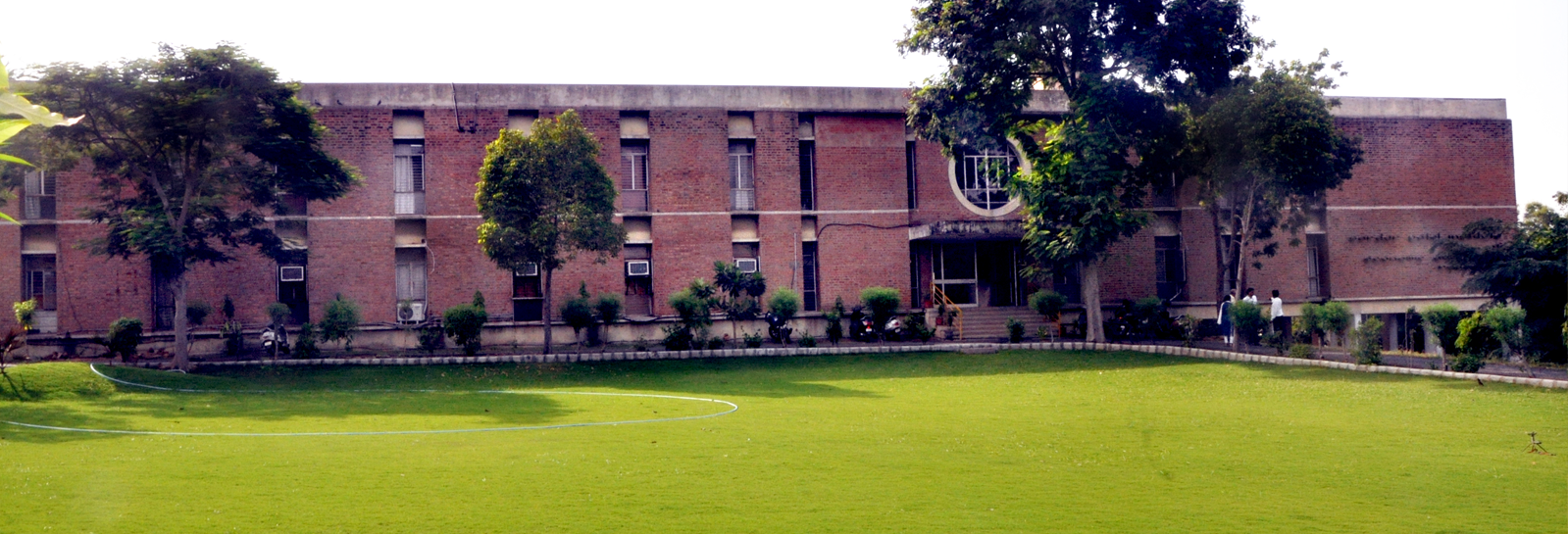
Guidelines for Contributors
- The paper should be submitted by email to: anvesak@spiesr.ac.in
- Be careful of fraudulent agents/publishers demanding payment from authors/scholars to publish papers in Anvesak. Please note that Anvesak has NOT authorised any agents to deal with authors regarding publication of the research papers, nor does Anvesak ask authors for payments. Papers are published in Anvesak purely on the basis of merit/quality. If your paper is accepted by Anvesak, it will be published at free of cost. Authors are suggested to directly submit their papers to the official email ID of Anvesak. In addition, let us declare that Anvesak does not provide any publication certificate to the authors who publish with us. If somebody is assuring you to provide such a certificate on your publication, consider the same as a fake certificate.
- ANVESAK publishes papers broadly belonging to the discipline of economics.
- The paper submitted for publication in ANVESAK should be an original piece and should not have been submitted elsewhere for publication. The authors should clearly mention this in the forwarding letter/email, while submitting the paper. Without this declaration, papers will not be considered. Authors should also mention their designations and affiliations. Please note that we do not consider papers written on particular companies/banks for publication in our journal.
- As regards plagiarisum, Anvesak checks the manuscripts before publishing. If a manuscript is found to be beyond the 10% plagiarism limit, it is not published in our journal.
- The paper should start with a precise title. Try to avoid a lengthy title.
- The length of the paper should be between 6000 and 8000 words.
- The paper should be accompanied with an abstract of 100-125 words, and 6 keywords.
- Submit your paper as a word document, not as a pdf file.
- Do not use colours in figures and diagrams.
- The first page of the paper should contain the title of the paper and the author’s details (designation, affiliation and contact details).
- The second page of the paper should start with the title of the paper, followed by the abstract, keywords and introduction, respectively.
- Authors must use “equation” tool in MS word, while inserting mathematical symbols, notations, equations in the paper.
- Do all the references cited in the text also appear in the reference list? And, have all the references given in the reference list been cited in the text?
- Is the language of the paper good enough? ANVESAK is published by a research institute, not by a (commercial) publishing house. ANVESAK does not have English correction service. Papers written in poor English will be rejected. Authors are advised to get the language in the paper checked by an expert before submission.
- Authors are strongly suggested to avoid plagiarism. Once caught, proper action may be taken.
- Anvesak publishes only unpublished manuscript. If a manuscript has already been published in any form (journal article, book chapter, conference proceeding/volume, etc.), Anvesak will not publish the same paper, even partially, or on the same theme. A paper, already accepted by Anvesak, will even be rejected, if it is proved that the authors have violated our policy mentioned above.
- ANVESAK follows the following citation styles in the text:
i) For one author: (Chakravarty, 1985) / Chakravarty (1985) argues that …
ii) For two authors: (Singh and Kaura, 1980) / Singh and Kaura (1980) argue that …
iii) For more than two authors: (Diallo et al., 2010) / Diallo et al. (2010) argue that …
- ANVESAK follows the following reference styles for the reference list (as per authorship):
i) For one author: Chakravarty, S. (1985), “Methodology and Economics”, Journal of Quantitative Economics, 1(1): 1-9.
ii) For two authors: Singh, M. and V.D. Kaura (1980), Working Children in Bombay: A Study, New Delhi: National Institute of Public Cooperation and Child Development.
iii) For more than two authors: Diallo, Y., F. Hagemann, A. Etienne, Y. Gurbuzer and F. Mehran (2010), Global Child Labour Developments: Measuring Trends from 2004 to 2008, Geneva, Switzerland: International Labour Office, Statistical Information and Monitoring Programme on Child Labour (SIMPOC).
- ANVESAK follows the following reference styles for reference list (as per category of publication):
Book/Monograph: Sen, A. K. (1973), On Economic Inequality, Oxford: Clarendon Press.
Chapter in edited book: Bhalla, S., A.K. Karan and T. Shobha (2006), “Rural Casual Labourers, Wages and Poverty: 1983 to 1999-2000”. In Chronic Poverty and Development Policy in India, A. Kapur Mehta and A. Shepherd (eds.), pp. 86-147, New Delhi: Sage.
Journal article: Chakravarty, S. (1985), “Methodology and Economics”, Journal of Quantitative Economics, 1(1): 1-9.
Working paper: Briglauer, W. (2000), “Motives for Firm Diversification: A Survey on Theory and Empirical Evidence”, WIFO Working Paper No. 126, Vienna: Austrian Institute of Economic Research (WIFO).
Govt/other report: Government of India (2016), “Agricultural Statistics at a Glance 2015”, New Delhi: Directorate of Economics and Statistics, Ministry of Agriculture and Farmers Welfare, Govt. of India.
Conference paper: Davidsson, P., L. Achtenhagen and L. Naldi (2005), “Research on Small Firm Growth: A Review”, A paper presented at the 35th Entrepreneurship, Innovation and Small Business (EISB) Conference, 12-14 September, Barcelona: IESE (Instituto de Estudios Superiores de la Empresa) Business School.
Ph.D./Masters thesis: Njoroge, R.M. (2013), “Relationship between Financial Literacy and Entrepreneurial Success in Nairobi County, Kenya”, Masters Thesis, Kenya: University of Nairobi.
- Once the editorial team receives a paper, it is scrutinized for its suitability for publication in ANVESAK. If the paper meets the basic parameters, it then passes through the internal review process. At this phase, a paper may be rejected. The papers that are not rejected during the internal review process are sent to anonymous reviewers for evaluation. The entire review process takes about 2-3 months time.
institute address
Thaltej Road, Near Doordarshan Kendra, Ahmedabad, 380 054 Gujarat, India.
contact / fax number
+91 79 2685 0598
+91 79 2685 1714


 Quick Links
Quick Links